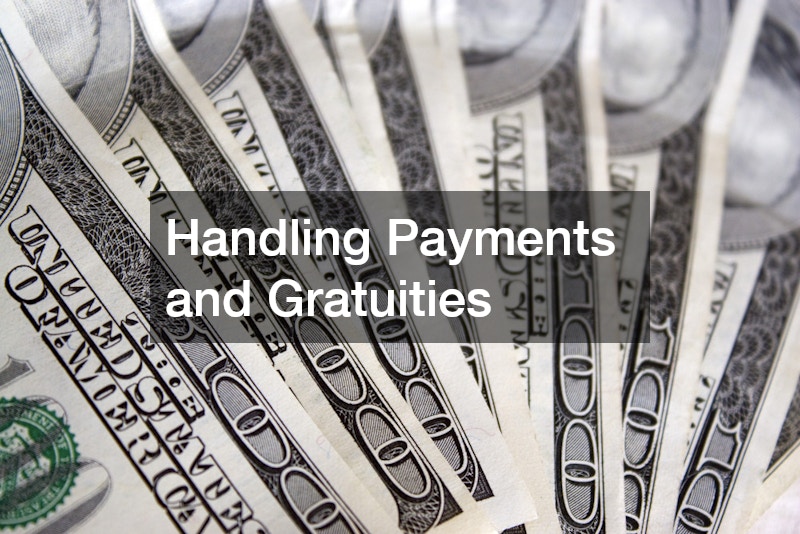In times of vehicular distress, knowing how to properly engage with a towing service can significantly influence the outcome of the experience. Understanding towing service etiquette is crucial for ensuring that the towing process is as smooth and stress-free as possible. By familiarizing yourself with the steps and protocols involved, you’ll be better prepared to handle unexpected vehicle issues.
How to Arrange for a Towing Service
Choosing the Right Towing Company
Selecting a reliable towing service provider is the first step in managing vehicular breakdowns effectively. Begin by researching companies with a strong reputation and positive customer feedback. Always verify the company’s credentials, ensuring they have the necessary licenses and insurance to operate legally.
Consider reaching out to your insurance company for recommendations on trusted towing services. Word-of-mouth referrals from friends and family can also provide insight into which companies deliver quality service. Use online resources like consumer review platforms to compare services, prices, and overall reliability.
It’s beneficial to have the contact number of a reputable towing company saved in your phone for emergencies. Making an informed choice ahead of time can save you significant stress and complications when you suddenly find yourself in need of assistance. Remember, proper research is key to ensuring your car is in capable hands.
Preparing for Towing: Essential Steps
Once you’ve contacted a towing service, there are several preparatory steps you can take to facilitate a hassle-free process. First, ensure that your vehicle is in a safe and accessible location, away from oncoming traffic if possible. This not only guarantees your safety but also makes it easier for the towing personnel to approach your vehicle.
Gather any necessary vehicle documentation, like your insurance details and registration certificate, as these may be required by the towing service. Additionally, remove any valuable personal items from the car to prevent potential loss or damage during the tow. Preparing these essentials beforehand minimizes last-minute hitches.
Communicating Effectively with Towing Professionals
Providing Clear Directions and Information
Effective communication with towing professionals begins with providing clear and concise directions to your location. If your vehicle has broken down in an unfamiliar area, use landmarks and nearby intersections to help the tow truck driver find you. Providing an accurate description of your vehicle, including the make, model, and color, can also help expedite the process.
Additionally, letting the towing company know about specific mechanical issues can inform them of special needs, such as a flatbed truck for a four-wheel-drive vehicle. This clarity allows the towing service to dispatch the appropriate equipment promptly, avoiding unnecessary delays. Transparency in communication helps set realistic expectations and facilitates a seamless towing experience.
Understanding Towing Procedures and Timeframes
Having a basic understanding of towing procedures can help set realistic expectations regarding the process and timeframe involved. The towing process generally begins with the dispatching of a tow truck to your given location, which can vary depending on traffic, distance, and the service’s current demand. Typical wait times can be anywhere from 30 minutes to over an hour.
Once the tow truck arrives, the operator will assess the situation and connect your vehicle to the towing apparatus, ensuring it’s securely mounted for transport. This phase includes checking and double-checking securement to prevent any damage during transit. Being aware of these procedures can help alleviate frustration and prepare you for the necessary wait.
After securing the vehicle, transportation to its destination will commence, which includes any specified repair shop or loading dock. Factoring in potential traffic and route conditions can help you gauge how long the overall towing service may take. Understanding these steps and timelines allows you to better coordinate any necessary subsequent plans while awaiting your vehicle’s delivery.
Post-Towing Considerations
Inspecting Your Vehicle Post-Tow
Once your vehicle has been delivered, conducting a thorough inspection is important to ensure no additional damage occurred during transit. Begin by assessing the vehicle’s exterior, looking for scratches, dents, or any new issues. Reporting any discrepancies immediately to the towing company can facilitate quicker resolutions.
It’s also wise to start your vehicle and check its functionality, such as brakes and steering, to confirm everything is in working order. While most towing services are professional, mistakes can happen, and early detection of issues is crucial for addressing them efficiently. Keeping a record of your vehicle’s condition post-tow is an advisable precaution.
Handling Payments and Gratuities
Understanding the payment procedures before the tow takes place can prevent potential confusion or disputes later. Confirm with the towing service whether payment is required upfront or upon delivery, and clarify acceptable payment methods, such as cash, credit card, or electronic transfer. Ensuring clarity about charges will help you avoid unexpected costs.
Gratuity is a customary practice for rewarding exceptional service in the towing industry. While not mandatory, tipping is often appreciated by towing professionals who go above and beyond in providing quality service or overcoming challenging circumstances. Consider a gratuity based on the effort and care the towing personnel exhibited during the service.
Adhering to towing service etiquette promotes a smoother, more efficient experience by preventing common pitfalls and ensuring effective communication. Properly preparing for towing, choosing a reputable service, and maintaining clear dialogue with towing professionals are all integral to successful outcomes. By following these best practices, you can confidently navigate the challenges of breakdowns and vehicle transport.


